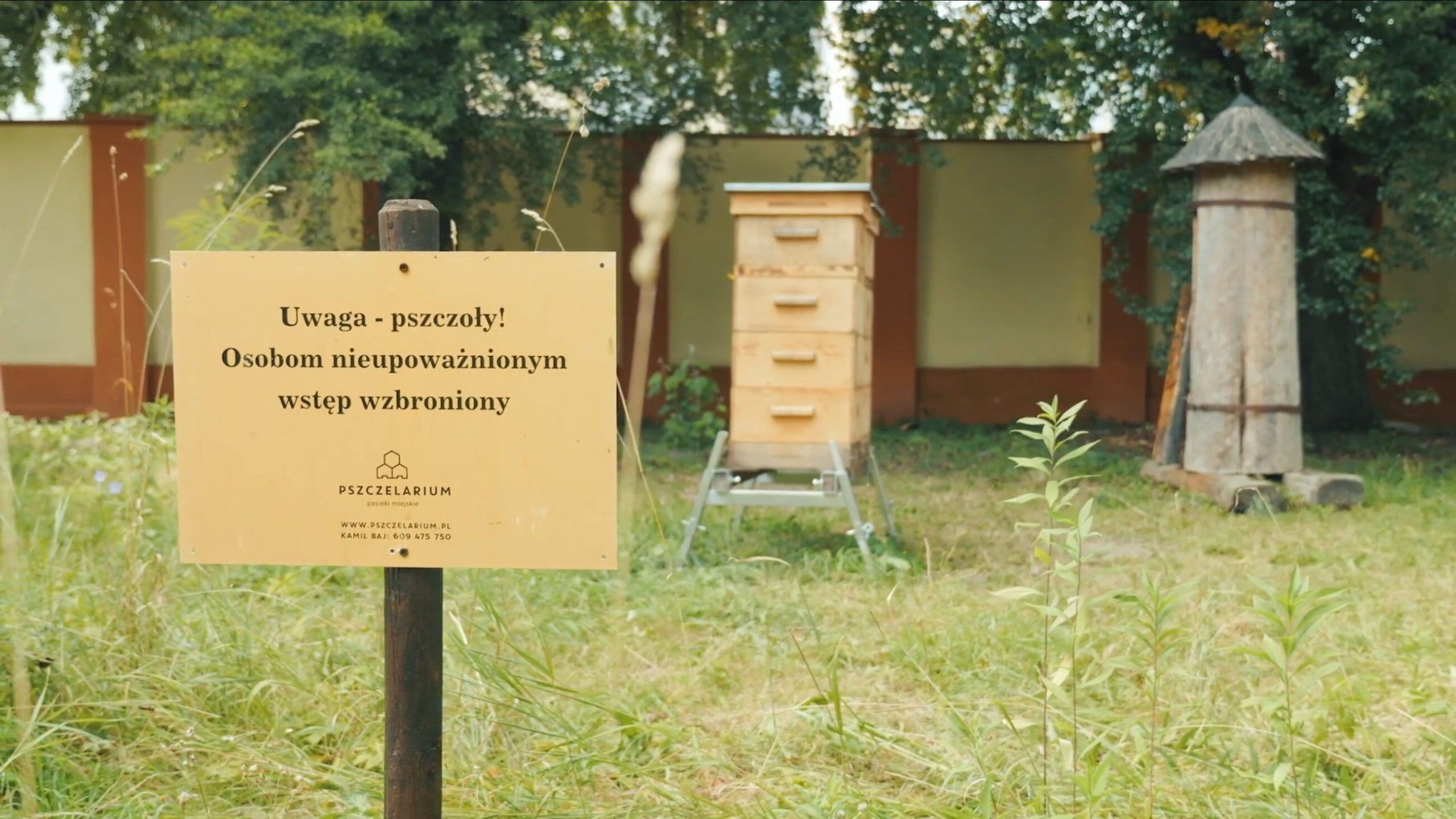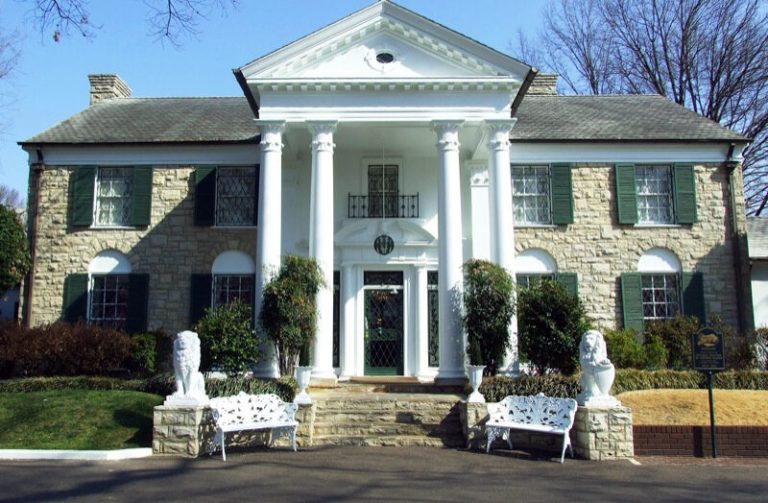Bees on the roofs of office buildings and galleries. City hives are also traditional beehives

– Our hives are located on the roofs of office buildings or shopping malls, but also on the ground, for example in parks or other green areas – indicates Michał Cyglicki from the Pszczelarium, talking about the construction of the hives. The beekeeper also showed us how bees were once bred in bee logs, which the Warsaw company also has in its apiaries.
The Pszczelarium, which deals with urban beekeeping, runs 46 apiaries in Warsaw. Michał Cyglicki told us about the hives that create them. – Our hives are located on the roofs of office buildings and shopping malls, but also on the ground, for example in parks or other green areas – the beekeeper told us. – We have some apiaries that can be seen from the street. It is close to them and has relatively open access. Of course, they are properly secured, he added.
An employee of the Pszczelarium also pointed out that the roofs of modern office buildings with beehives are increasingly green. – We have meadows there, there is grass, these roofs do not overheat, so the temperature does not negatively affect bee colonies because the heat is perfectly distributed – he said.
How does the hive function?
Michał Cyglicki also told us how bees organize themselves in the hive. – When it comes to the structure of the bee family, we distinguish three basic castes in the hive. There are worker bees, and depending on the breed of bees, there may be from 40,000 to 80,000 individuals in the hive. They generally do all the work in the hive related to raising the brood, making wax combs, and finally flying out for nectar and preparing honey – explains the beekeeper. – There are drones, numbering from several hundred individuals, sometimes up to two thousand, whose main task is to transfer genetic material and reproduce. There is also a mother who is one. It is a female insect, but at the stage of development, due to a slightly different diet, it is slightly different. It is fertile, capable of laying eggs and capable of copulation. During the day, at the peak of the season, it can lay up to two and a half thousand eggs, so it constantly changes the number of individuals, he explained.
An employee of the Beekeeping Beekeepers also pointed out that worker bees live for about five weeks while raising offspring.
– Another important task of the mother, apart from laying eggs, is pheromonal management. It spreads a lot of pheromones in the hive, which make the bees work, fly out for honey and raise brood. When one of these elements is not working, the bee colony is very exposed to external factors or various types of pathogens that may lead to its death. In fact, the mother keeps the entire colony in check, he emphasizes.
Bees create wax combs to fill the hive. – Wax is the result of their metabolic process. Bees secrete it through special glands located on their abdomens and from these wax plates they build a honeycomb, which consists of the even, hexagonal cells that we know well. In these cells, the bees themselves choose the place where the mothers lay their eggs, i.e. they create the so-called nest site and the place where they will deposit bee products, such as honey or bee bread – explains Michał Cyglicki.
As an employee of the Pszczelarium reveals, urban hives are no different from those used outside the city.
– When it comes to the construction of the hive itself, we use several standardized types, regardless of whether we run an apiary in a rural or urban area. It actually doesn’t matter that much, he explains. – When it comes to hives, we distinguish the so-called deckchairs, i.e. hives in which we keep the bee family horizontally, i.e. we expand the size of the nest horizontally, and stands, i.e. hives in which we expand the nest by adding more boxes with frames – explains the beekeeper. – There are various types of deckchairs and stands, their type is determined by the frame we use. We can have, for example, Warsaw frames, really large extended Warsaw frames, we can have Greater Poland frames, Langstroth frames. This is a very wide choice, which really depends on the beekeeper’s preferences – he adds.
Bee logs – this is how bees were bred centuries ago
In addition to standard hives, the Pszczelarium also has hives that have been used centuries ago – bee logs or straw hives. Thanks to this, we can see how beekeepers bred bees in the past.
– Unfortunately, in such a bee log, we are not able to control the apiary management very much, so for the purpose of better and easier management of such a bee family, the hives I mentioned were invented, for example stands or deckchairs, which are characterized by having a precisely defined dimensions of the nest frame, the extension frame in which the bees deposit honey – Michał Cyglicki explains to us. – We can easily separate the nest from the so-called honey house, i.e. the honey store, by using various types of partition grates that prevent the queen bee from entering this part a hive that we don’t want her to enter. As a result, the mother does not lay eggs there and we have clean cells in which bees can easily lay nectar and produce honey from it. And when collecting such honey, we do not interfere with the nest and do not destroy the health and strength of the bee colony – he points out.
It looked different in the old hives. – It’s different in a place like a beehive, for example. Here, we are not able to completely separate the brood from the honey, which is why in such beehives the economy was often carried out by simply taking away the entire combs together with the brood, which in fact also led to the destruction of the bee family – an employee of the Beekeeping Beeshop tells us.
It is worth recalling here that one of the important figures who led to the revolution in beekeeping was the 19th-century Polish beekeeper, Fr. Jan Dzierżon.
– If we manage the bee family well and we are able to allocate places where honey is to be deposited in an appropriate way, i.e. we create the so-called honey house and allocate a place for the nest, we can obtain from a modern hive on average from 20 to even 40 kg of honey per year – says the beekeeper. . – It is completely different in the case of such bee logs, because here, trying not to destroy the nest as much as possible, and taking only those fragments of the comb that contain only honey, we are able to obtain about 5 to 8 kg of honey – he points out. – The use of this type of hives, which we currently use in apiary management, is much better in economic terms, because we are able to obtain more honey and at the same time cause less damage to the bee family – emphasizes Michał Cyglicki.






